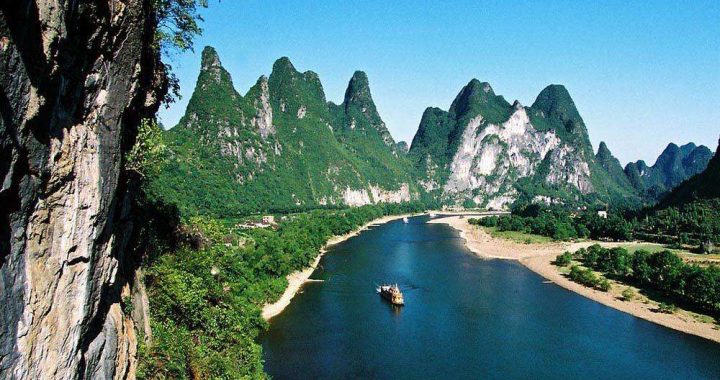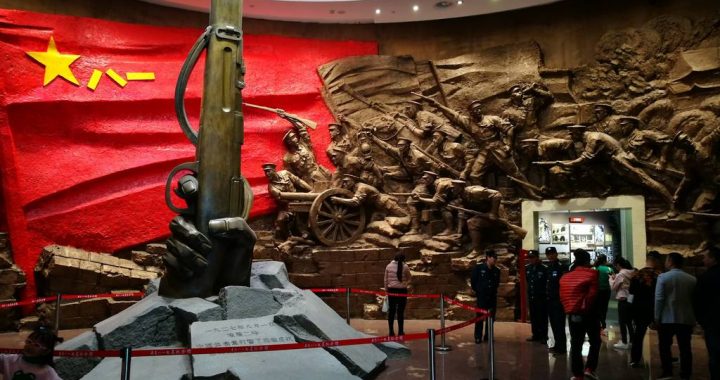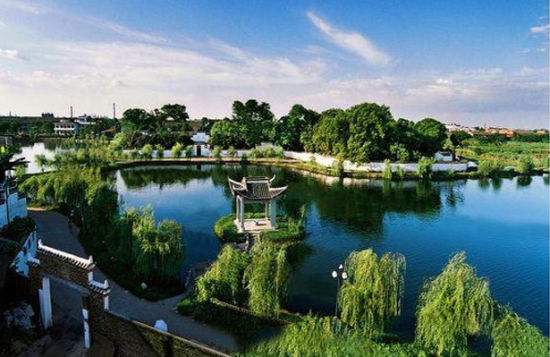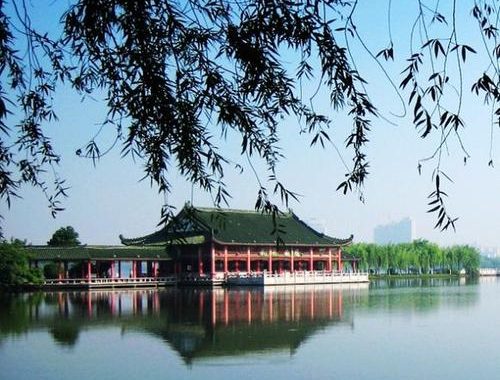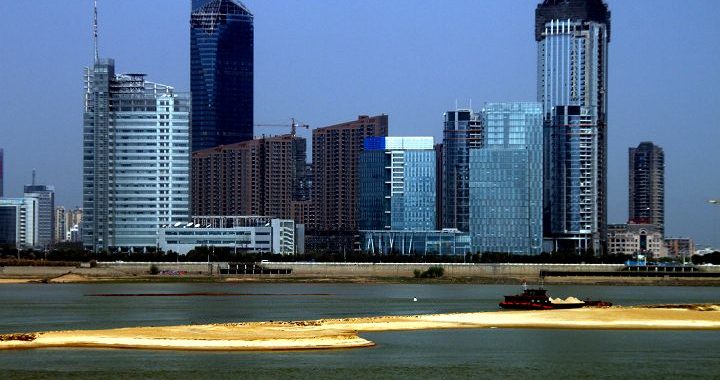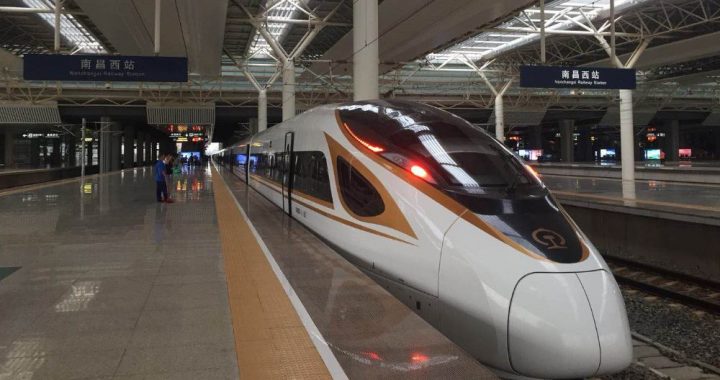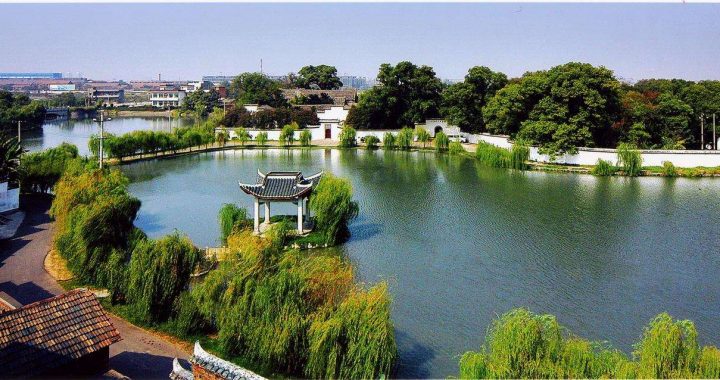Tengwang Pavilion
3 min readTengwang Pavilion is located in the northwest of Nanchang, on the east bank of Ganjiang River, which is one of the Four Great Towers of China. It is also the top of the three famous pavilions in the south of the Yangtze River(the other two are Yueyang Tower in Yueyang and Yellow Crane Tower in Wuhan). It has been destroyed and rebuilt many times over its history. The present building was built in 1989 on the original site.
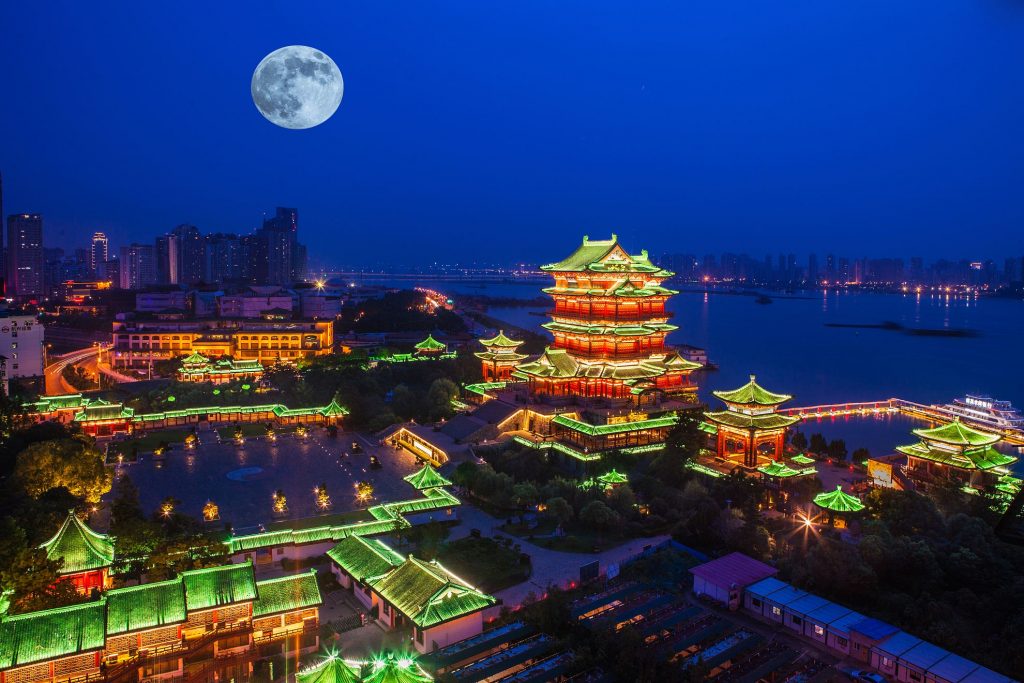
Tengwang Pavilion was first built in 653 AD, by Li Yuanying, the younger brother of Emperor Taizong of the Tang Dynasty, namely the uncle of Emperor Gaozong of the Tang Dynasty. Li Yuanying was enfeoffed as Prince Teng in 639 AD.
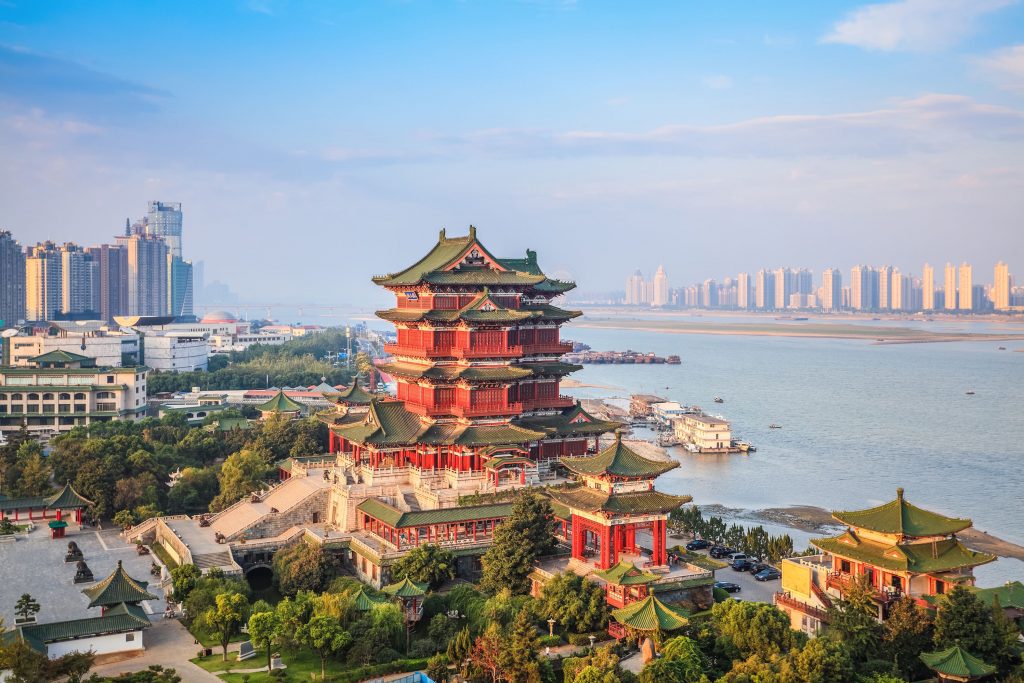
He spent his early years in Suzhou. In 652 he was assigned as the governor ofNanchang where he built the pavilion as his townhouse. Twenty years later, the building was rebuilt by the new governor. Upon its completion,a group of local intelligentsia gathered here to compose proses and poems for this building. The most famous one is “the Preface to Tengwang Pavilion”written by Wang Bo. Wang Bo,a gifted and well-known poet of the Tang Dynasty, wrote his essay on Tengwang Pavilion in which he inscribed its importance. This piece gave Tengwang Pavilion a household name in China down to the present day.
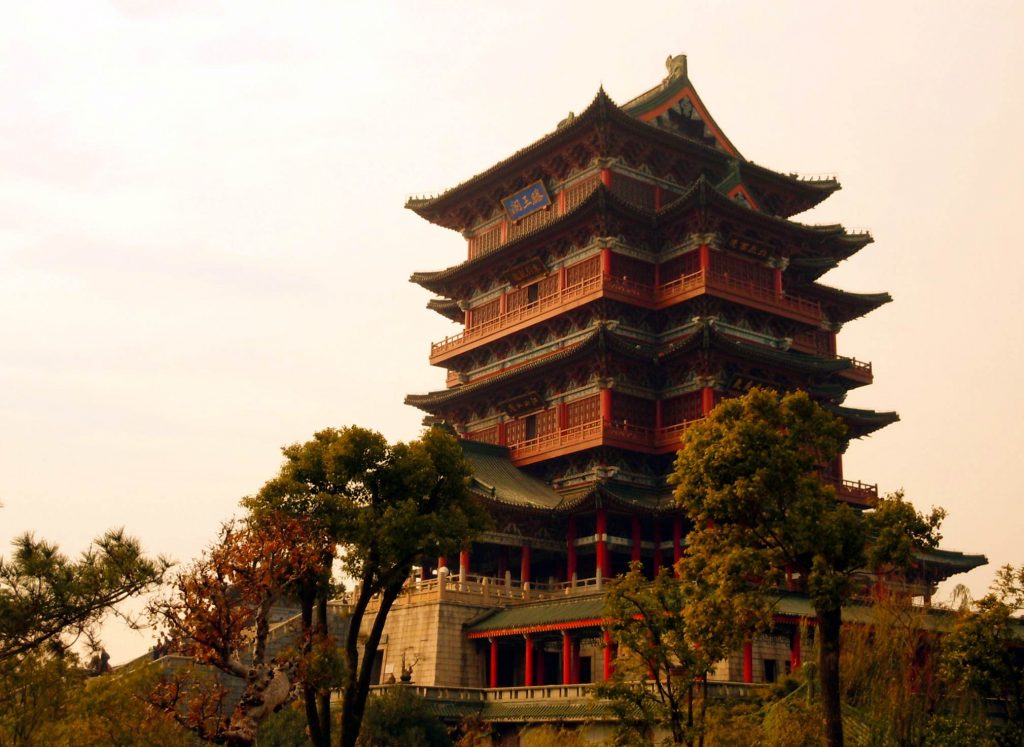
The pavilion was destroyed and rebuilt 28 times altogether over the following centuries. The shape and function of this building were changed many times. The last construction was in the Tongzhi Era of the Qing Dynasty. That building was destroyed in 1929 during the chaotic warlord era.
The present Tengwang Pavilion was completed on October 8th,1989, and becomes a landmark of Nanchang. The building is of reinforced concrete structure, and is decorated in faux-Song Dynasty style. It is 57.5 meters tall and has nine stories. The building has a total floor area of 13000 square meters.
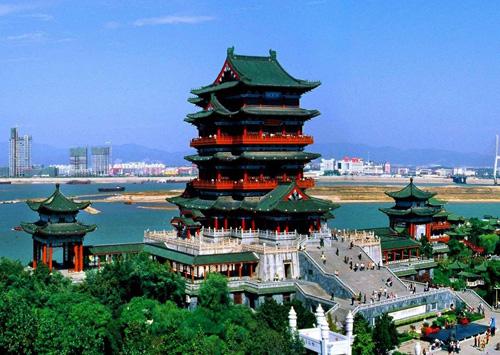
The building sits atop a concrete base of 12 meters, which is intended to symbolize the destroyed ancient city wall. At the entrance there is a stainless steel tablet which is the calligraphy work of Mao Zedong.
Tengwang Pavilion was always a place where learned men gathered to write articles and hold bangquets, so the display in the new pavilion gives much prominence to its cultural feature.A variety of frescoes and bass-relief incarnate the theme that Nanchang is a marvelous place with rich resources and outstanding people. The steles,couplets on the columns of the hall are all the selections of celebrities.
Musical instruments,bronze sacrifice,ritual articles,serial bells give a classical elegance to this new pavilion.
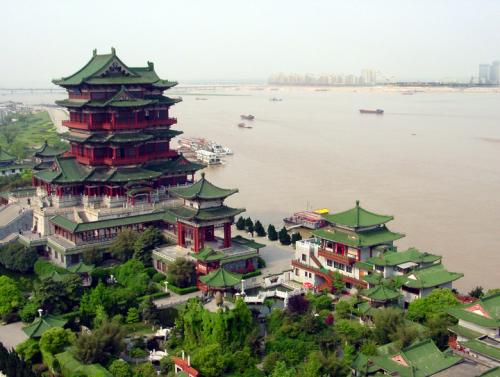
Nowadays,the building mainly serves its tourism purposes.Apart from its internal decoration,attractions include a theatre for ancient music performances and the displays of ancient instruments.There are also some restaurants and souvenir shops.The streets around the pavilion have been designed to conform to its style.
This area has become the center of Nanchang’s antiques trade.
Pavilion achieved national fame through the Preface to Tengwang Pavilion.As a result,later generations give it legendary status as an example of magnificentarchitecture.When the Forbidden City was built,many coner towers were built to imitate Tengwang Pavilion and Yellow Crane Pavilion as depicted in the paintings ofthe Song Dynasty(Strangely,both pavilions are depicted identically in the surviving paintings).These uniquely structured corner towers remain the most valued architectural treasures of the Forbidden City.

Nowadays,Tengwang Pavilion has the reputation of the First Pavilion of Jiangxi and has been widely admired by visitors from all over the world.In terms of its height,overall size and architectural style,this pavilion is a prime model of such buildings for which China is justifiably famous.
